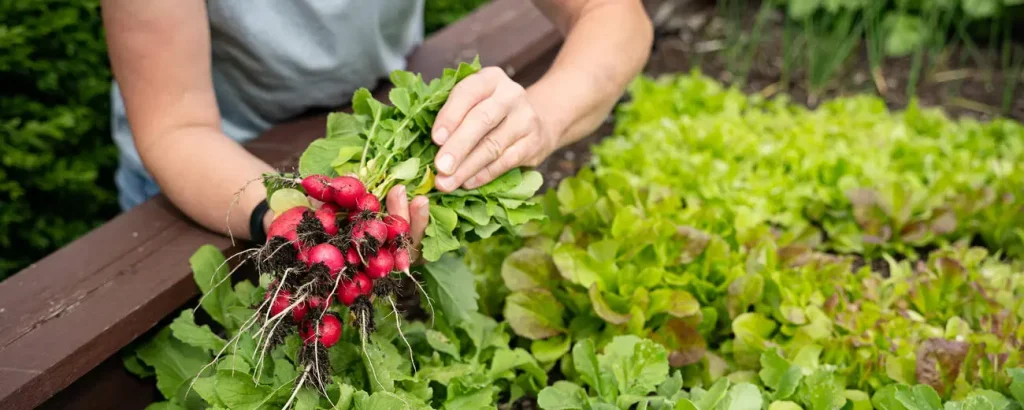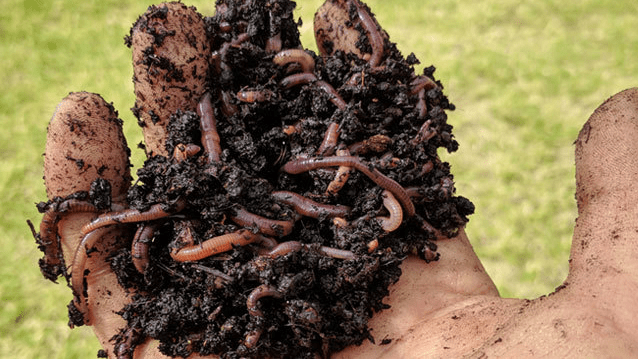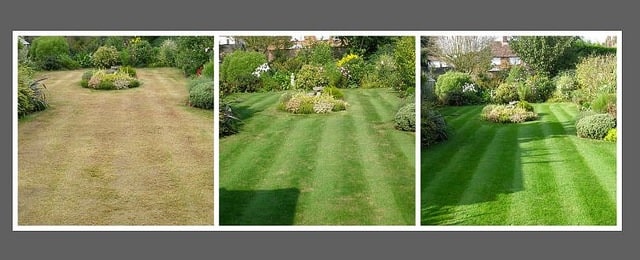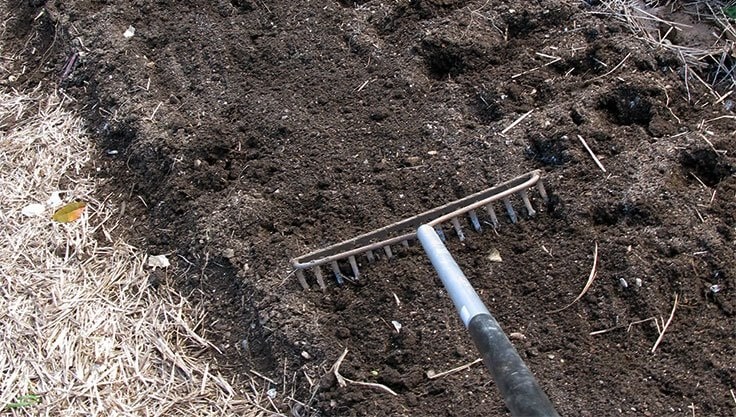Contents
The 10 Best Vegetables for Raised Beds
Not all types of vegetables are suitable for the limited space in a raised bed. The best vegetables for raised beds grow quickly, produce abundantly, and can be harvested over a long period. Here are the top 10 vegetable varieties and types ideal for raised bed gardening.
Vegetables for Raised Beds
Crops suitable for raised beds share certain characteristics. They are fast-growing, such as spinach, arugula, and radishes. Others, like cut-and-come-again lettuces, zucchini, and Swiss chard, provide a continuous harvest for many weeks.
Ideal plants also include those that grow vertically, such as spring onions, or those that trail over the edge, like pumpkins and bush tomatoes. These types require little ground space. Peas are another great choice as they climb up a trellis. By choosing the right vegetable varieties, you can continuously plant and harvest from your raised bed throughout the year.
Key Characteristics of Ideal Raised Bed Plants:
✅ Short growing period – grows quickly
✅ Long harvesting season – provides a continuous yield
✅ Space-saving growth habit – climbing, trailing, or upright growth
Lettuces, for example, are ready to be picked in no time when grown in an optimally planted raised bed.
The 10 Best Vegetables for Raised Beds
Below is a list of vegetable types and recommended varieties that are perfect for raised bed gardening.
1. Pumpkin
- Sowing: Indoors in early April, transplant from mid-May
- Harvest: From September onwards
- Companion planting: Good – beans, lettuce, peas, onions | Bad – cucumbers, dill
- Recommended varieties: Hokkaido ‘Fictor’, Early Butter Nut
2. Swiss Chard
- Sowing: April to June, 2–3 cm deep, either directly in rows or started in pots
- Harvest: May to September, pick outer leaves
- Companion planting: Beans, cabbage, carrots, radishes
- Crop rotation: Avoid planting after spinach or beetroot
- Recommended varieties: Rainbow, Lucullus
3. Bush Beans
- Sowing: Directly from mid-May; pre-cultivation in pots from mid-April
- Harvest: July to October
- Companion planting: Good – savory, cabbage, Swiss chard, strawberries | Bad – peas, leeks, garlic, onions
- Recommended varieties: Marona (early), Purple Teepee (mid-early)
4. Zucchini
- Sowing: Start indoors in April, plant outside from mid-May
- Harvest: July to October
- Companion planting: Peas, beans, fennel, spinach, onions
- Recommended varieties: Serafina, Zuboda
Tip: Zucchinis need more space but provide a continuous yield. Planted at the edge of the raised bed, they can spread out their vines.
5. Tomatoes
- Sowing: Start indoors mid-March; transplant into pots after 4 weeks, plant outside from mid-May
- Harvest: From late July
- Companion planting: Good – beans, lettuce, spinach, kohlrabi, leeks, basil | Bad – peas, fennel, potatoes
- Recommended varieties: Balkonstar, Rotkäppchen
6. Cut-and-Come-Again Lettuce
- Sowing: Directly in the bed from early April to August
- Harvest: May to September, pick outer leaves
- Companion planting: Good – radishes, tomatoes, onions, spinach, carrots | Bad – parsley
- Recommended varieties: Amerikanischer Brauner, Till
7. Kohlrabi
- Sowing: Start in pots from February, transplant outdoors from April, direct sowing from April to mid-June
- Harvest: About three months after sowing
- Companion planting: Peas, leeks, beetroot, lettuce, onions
- Recommended varieties: Lanro, Blaro
8. Lamb’s Lettuce (Corn Salad)
- Sowing: August to mid-September, in rows or broadcast
- Harvest: From October through March
- Companion planting: Radishes, spinach, onions, strawberries
- Recommended varieties: Elan, Vit
9. Cucumber
- Sowing: Start indoors in pots from mid-April, transplant outside from mid-May
- Harvest: July to September
- Companion planting: Good – beans, dill, peas, leeks, onions | Bad – tomatoes, potatoes, peppers
- Recommended varieties: Persika, Tanja
10. Carrots
- Sowing: From late February under fleece, direct sowing from mid-March
- Harvest: From May onwards
- Companion planting: Peas, kohlrabi, leeks, Swiss chard, radishes, lettuce
- Recommended varieties: Milan, Miranda
Pro Tips for Raised Beds
✔ Thin out overcrowded plants – If your bed is too densely planted, harvest some of the excess early to prevent overcrowding.
✔ Fill gaps for continuous harvest – Once an area is harvested, replace it with seedlings or purchased vegetable plants. Good choices include kohlrabi, head lettuce, and cut-and-come-again lettuce.
✔ Late-season crops – For late-season planting, opt for frost-hardy vegetables like kale, lamb’s lettuce, and winter purslane, so you can continue harvesting into winter.
Less Suitable Vegetables for Raised Beds
Vegetables that require a lot of space, grow for many months, and can only be harvested once, such as white cabbage and red cabbage, are less suitable for raised beds.
Want to Build Your Own Raised Bed?
Have you been wanting a raised bed but found the instructions too complicated or the cost too high? Check out our video tutorial on how to quickly and affordably build and fill a small but effective raised bed!










